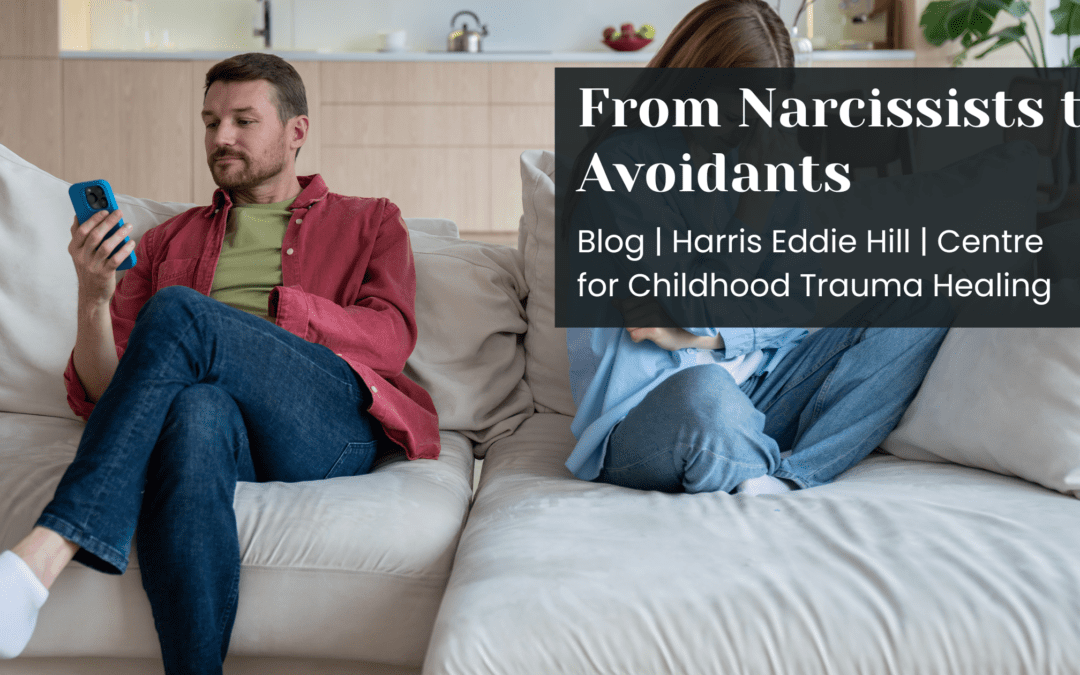When you’re in a relationship with someone abusive and narcissistic, getting out can often feel like pulling yourself out of the grand canyon using only your little finger. But you’ve done it, and thank god.
And then the confusing roller coaster of dating avoidant people typically comes next for most of us.
I’ve heard both clients and friends say they’re confused about whether or not they’re dating another abusive narcissist. Because they frequently feel just as unfulfilled, neglected, or dismissed.
The difference is that avoidants are not particularly malignant. They’re just really unreliable. They’ve had a stressful day at work? They might be silent or not available to talk to you altogether. Or their responses are minimal. Or they brush you off. And this after a really nice weekend together, it’s maddening that they’ve emotionally disappeared again.
And there are multiple reasons we stay in this cycle of them disappearing, coming back, repairing, and then disappearing again. Here are the most common ones I hear:
- I really love them, and when things are good, they’re genuinely really good.
- After everyone witnessed my previous relationship disasters, I can’t fail again. I couldn’t face the shame.
- I think it’s my fault for pushing them away by having emotions or being anxious/needy.
- I’m too scared to tell them how I really feel in case it blows everything up or they leave altogether. So we’re just not communicating.
- I don’t know if I’m being unreasonable or not, so I’m just not saying anything.
- When I try to communicate, it doesn’t go down well.
After the earlier disasters of dating some really harmful people, we can often have no concept of the fact that there are still other layers of dysfunction in relationships, even with non-abusive people. And that can feel quite disheartening.
The good news is that we’re now in a realm where good things can actually happen.
The 3 ingredients for a successful turn around:
- Healing your own attachment issues.
- Learning to communicate effectively, regardless of potential reactions.
- A partner who’s invested in the relationship enough to show up consistently over time, even if they still need their alone time in between. If you’ve tried everything else and don’t fancy going around the wheel another time, just repeating the same dance, and you want to see what positive change is actually possible, let’s talk!

